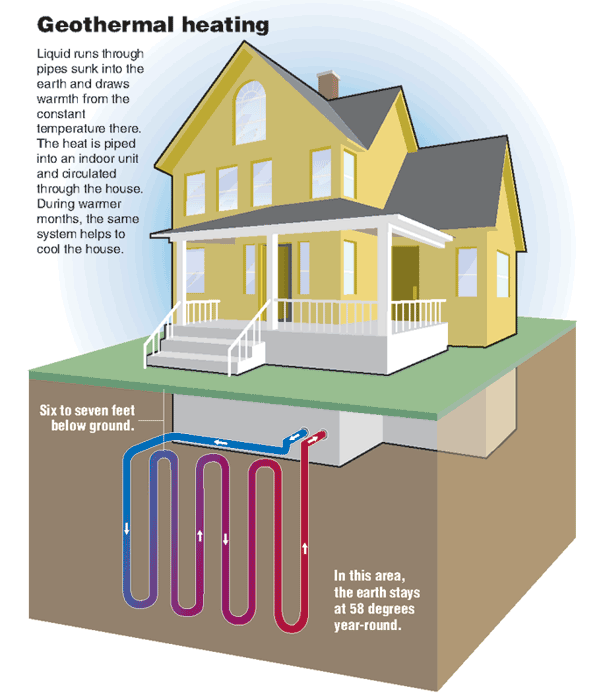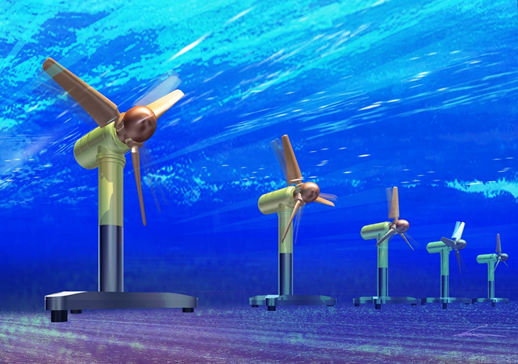
The Different Types of Electrical Sources
Have you ever wondered exactly what it is that powers our life? From our cell phones to our nightlights, it wouldn’t be possible to see our world literally lit up without electricity. In this article, we will discuss a few different types of electrical sources that work to power up life as we know it.
1. Solar Energy
The first source of electricity that we will mention in this article is solar energy. Solar energy works by utilizing energy given off by the sun. It is collected using large solar panels, and this energy, in turn, can power anywhere from homes to substations. However, the problem with solar energy as an electrical source is that while there is plenty of sun, there are only a few places on earth that get enough direct sunlight for long enough to be able to gather enough power for a large number of individuals.

2. Wind Energy
Today we are seeing wind energy as a source of electricity more frequently. Large wind turbines are used in order to take the wind and power generators, which in turn can be used as a way to produce electricity.
3. Geothermal Energy
This source of energy is produced beneath the ground. It is sustainable, clean, and friendly toward the environment. During the process, hot rocks and water combine to produce steam, which is then utilized for moving turbines. From here, the turbines in question power generators. Like solar energy, the power with geothermal energy is the fact that there are only so many areas on earth that are available for its harvest. We see the largest amount of geothermal plants in California at present. Geothermal can also be used to heat and cool single family homes.

4. Hydrogen Energy
When hydrogen is separated from water, it can be used as a fuel, which in turn makes it a source of electricity. Hydrogen is a large source of energy, and it is used in a variety of ways, such as powering ships, rockets, homes, etc. The good thing about this source of energy is that it is renewable, plus it can be created as the demand for it arises. It is also not harsh for the environment.
5. Tidal Energy
This source of energy is harvested from the waves of the ocean. Friendly toward the environment and renewable, wave energy may help countries that are located along water be able to cut down on their dependence on other nations when it comes to fuels for energy. However, one negative when it comes to wave energy is that it can often be a source of noise and visual pollution.

In conclusion, there are many types of electrical sources that help to power the world and life in general as we know it to be. Some of these sources of electrical energy are better for the environment, and therefore society than others. And some sources of energy are more advanced and becoming used more frequently than they used to. One thing is for sure, while we need energy to sustain our way of living we want to utilize clean sources that do not harm the environment in which we live.
